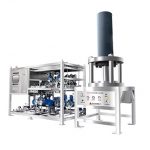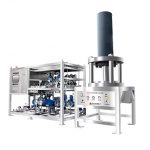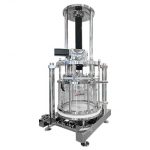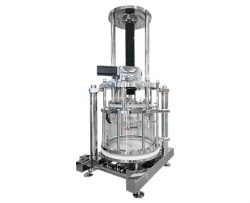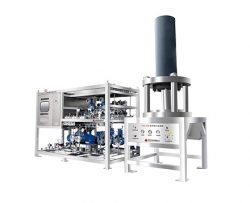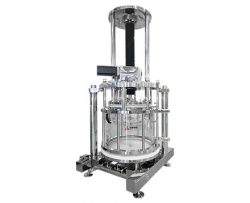Chiral Separation
Chiral separation is the process of separating enantiomers, which are mirror-image isomers of a molecule that cannot be superimposed onto each other. Enantiomers possess identical physical and chemical properties but exhibit different biological activities. Chiral separation is crucial in fields such as pharmaceuticals, agrochemicals, and fine chemicals, where the specific enantiomeric form of a molecule may have different effects or interactions in biological systems.
Types of Chiral Separation
Preparative Liquid Chromatography System
The Hanbon preparative liquid chromatography system finds widespread application in the separation and purification of a diverse range of substances, including pharmaceutical intermediates, biopharmaceuticals, synthetic drugs, natural products, fine chemicals, and food additives.
Chromatographic Column
Hanbon offers a range of medium and high-pressure chromatography columns, including laboratory columns and DAC (dynamic axial compression) columns.
Simulated Moving Bed (SMB)
In 2005, Hanbon introduced the innovative DAC® (dynamic axial compression) column, which incorporates iSMB (simulated moving bed) technology.
Continuous Ion Exchange Chromatography
Continuous dissociation technology is a powerful combination of standard fixed resin bed technology and continuous counter-current systems.
SFC (Supercritical Fluid Chromatography)
Supercritical Fluid Chromatography (SFC) is a powerful chromatographic technique that utilizes supercritical fluids as the mobile phase.
How Does Chiral Chromatography Work?
Chiral chromatography relies on the use of a chiral stationary phase, which is a solid or liquid material capable of differentiating between enantiomers. The chiral stationary phase interacts selectively with the enantiomers, leading to differences in their retention times or elution orders. This separation is based on the differences in their molecular interactions, such as stereoselective adsorption or formation of inclusion complexes.


